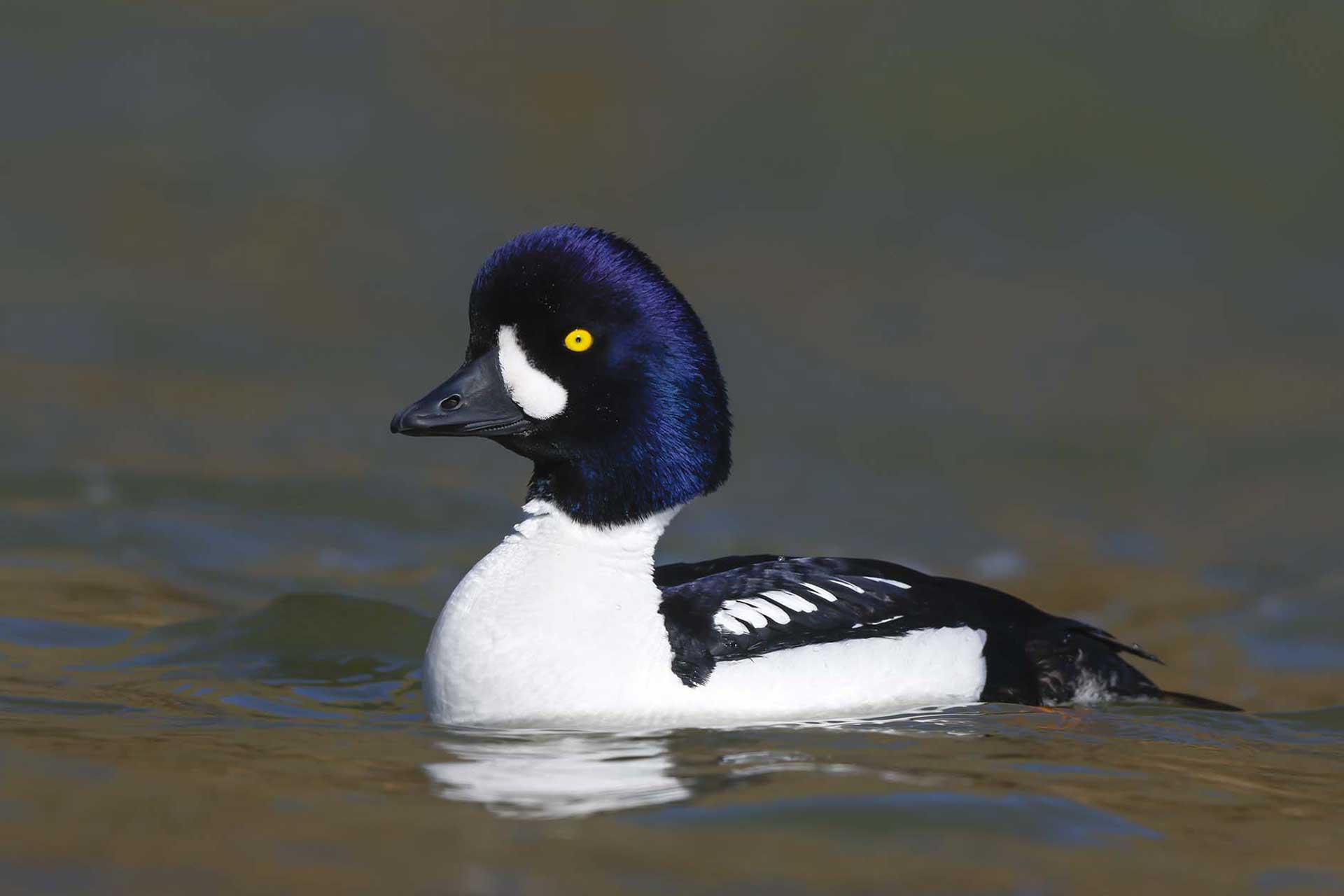A Bioenergetic Model to Evaluate Winter Food Limitation in Barrow’s Goldeneyes and Consequences of Climate Change

Project Number: 170
Year Funded: 2022
Lead Institution(s): USGS Alaska Science Center
Project Lead: Dan Esler
Collaborator(s): Brian Robinson (USGS)
Location: Pacific Coast
Focal Species: Barrow’s Goldeneye (Bucephala islandica)
Project Description: We are developing a bioenergetic model to quantify Barrow’s Goldeneye (BAGO) consumption of their winter prey (Pacific blue mussels) across their Pacific range. Estimates of locationspecific consumption by wintering BAGO will be contrasted with estimates of mussel standing stock at those locations to determine if mussel abundance could be a constraint on BAGO performance and population dynamics. This study will provide information on whether BAGO are routinely approaching exhaustion of winter food supplies and whether projected climate change, resulting in more frequent and longer warm periods, may reduce habitat quality at the southern end of their wintering distribution. This will have important management implications for understanding: (1) whether this high priority species is limited by winter food, which could be subject to direct management action, (2) whether climate projections lead to predictions about changing habitat quality and subsequent changes in BAGO fecundity, survival, or distributions, and (3) whether this bioenergetic approach to evaluating carrying capacity and potential effects of climate change might be applicable to other sea ducks with more complex trophic interactions, i.e., a higher diversity of prey species.
Project Reports:
